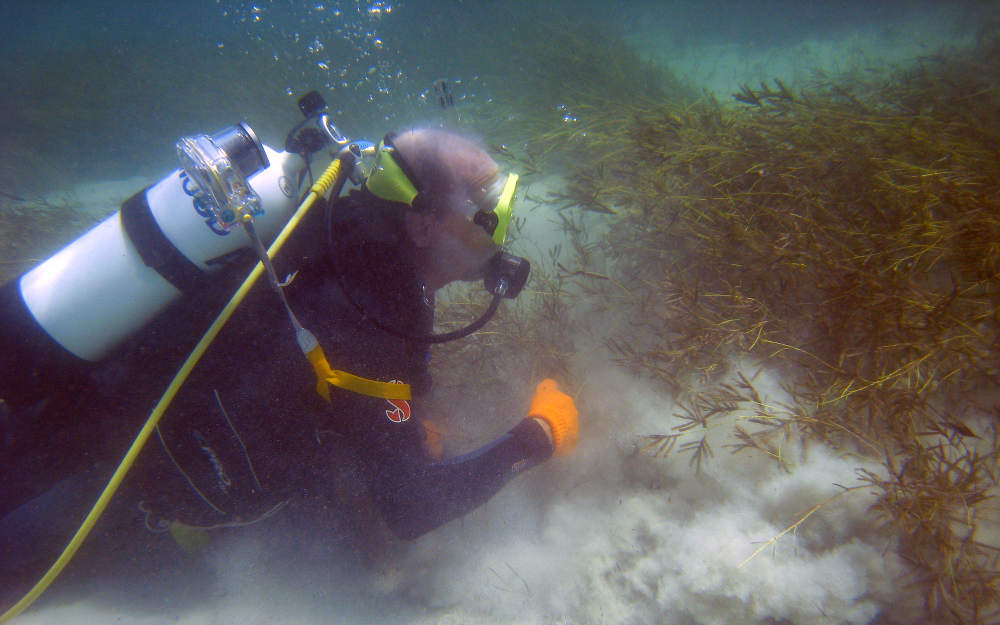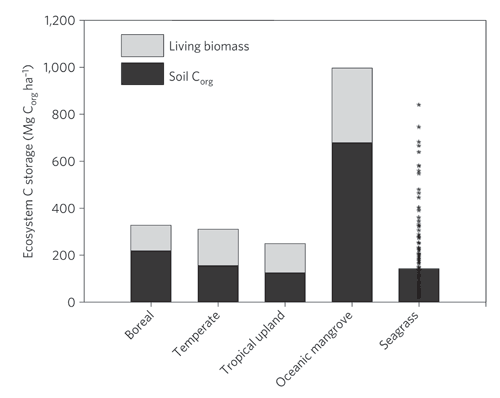FCE researchers have found that seagrass ecosystems remove significant amounts of carbon dioxide from the atmosphere and store it in below-ground soils. If seagrass ecosystems continue to be lost due to nutrient enrichment, coastline modifications and sea level rise, a globally significant amount of carbon could be lost to the atmosphere.
For more information, contact James Fourqurean.

